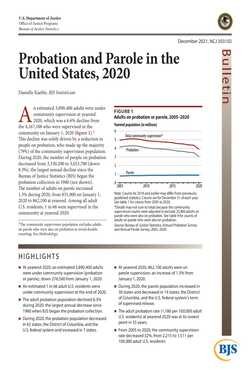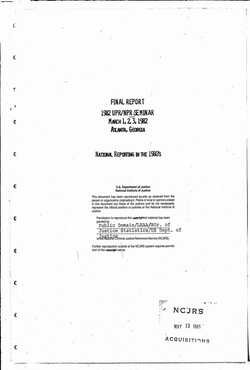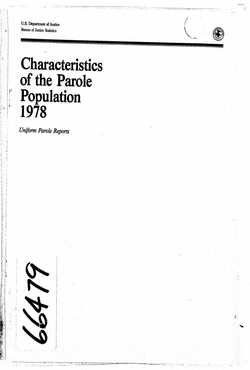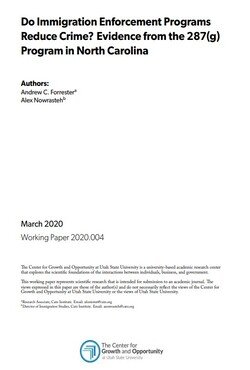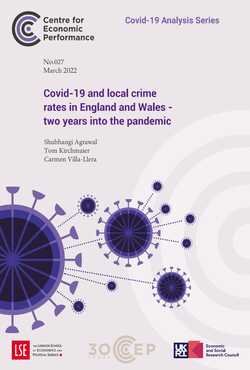By Micaela M. Alvarado
The author of this theses examines the multifaceted factors that are in play during sentencing in the criminal justice system and to fill a gap in the literature regarding sentencing disparities based on race and sex across types of counties, such as rural or urban counties, and whether those patterns have changed over time. The author lists three reasons for the importance of this research: it helps inform recent sentencing reforms aimed at targeting inequalities in the criminal processing system; filling a research gap on county-by-county variation in sentencing disparities by demographic characteristics; and examining longitudinal trends in sentencing constitutes an important step in better understanding influential factors in judicial decision making. The thesis examines trends over time as it addresses two specific research questions: do individuals from urban counties receive harsher sentences than those from rural counties; and does an offender’s race, sex, and county of residence influence the sentencing severity. Results showed that individuals in rural counties received harsher sentences, and revealed evidence of overall increased punitiveness for both urban and rural counties over the last several years. Results also revealed differences in sentencing outcomes based on race/ethnicity and sex between rural and urban counties; specifically, Black males experienced the most severe punishment in both rural and urban counties as well as receiving the most punitive form of punishment over time. Results also demonstrated that rural counties provided more punitive sentences in general, while urban counties have more offenders. The author suggests that urban counties may, as a result, rely on different punishment options due to limited resources. Analyses revealed more lenient sentences for females across rural and urban counties over time.
Huntsville, TX: Sam Houston State University, 2019. 105p.





